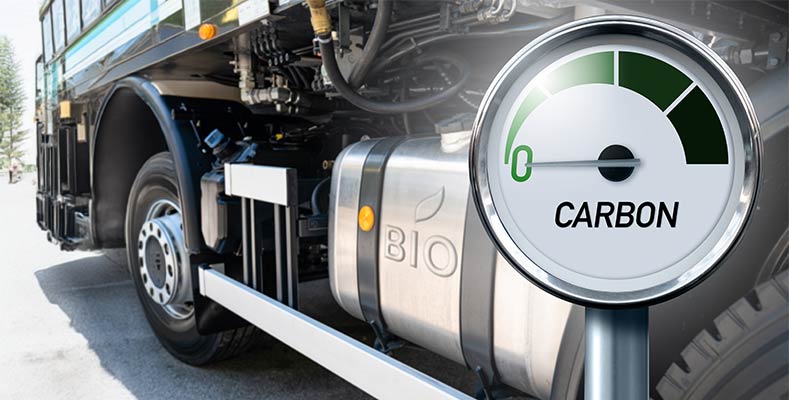Subtotal $0.00
The 26th UN Climate Change Conference which took place in November 2021 in Glasgow commits several nations to limit global temperature rise to 1.5 degrees by 2050. As per Statista, transportation is the fastest-growing source of carbon emissions, accounting for about a quarter of total emissions worldwide.
Supply chain – the lifeline of logistics has been put to test during the pandemic. Nevertheless, the global supply chain never got so much attention but this heightened visibility created opportunity and demand for transformative sustainable solutions to mitigate environmental impacts.
On the other hand, warehousing is one of the dimensions of the supply chain where smartly located inventory (automation), lighting sustainability, energy management systems and electric forklifts or robotics can be a better option.
Recently, in an event in Mumbai, speaking about improving the efficiency in the supply chain, Prashant Kanhed, Head of Warehousing & Logistics, Hindalco, stated, “Gradually, we have to phase out diesel-operated material handling equipment in plants and warehouses to bring out sustainability.”
With the rise of e-commerce, there is a concomitant rise in packaging waste. Though manye-retailers have ceased to provide paper receipts they have not given an option to the consumers for the disposal of packaging material. Here, push towards a circular economy is essential.
The digital economy was in the making for a couple of decades however coronavirus accelerated its pace, resulting in fewer manual hours, zero paper works, lean manufacturing, etc.
To be both efficient and sustainable, a company needs to proactively integrate technology to implement digital transformation. This helps in visibility and control across the supply chain ecosystem to make data-driven, real-time decisions around everything from inventory status, transportation, delivery schedules, pricing changes among others.
Rarely, we rethink how investments into technology might help with climate change and conservation through the adoption of more sustainable supply chain management systems and practices. Therefore, digital transformation in the supply chain is seen as a way to meet higher customer expectations by having more robust systems behind the scenes to quickly adapt to changes in component availability, transport logistics and other supply chain variables.
Meanwhile, as a founding member of EV100 in 2017, HP committed to installing EV infrastructure at all feasible sites worldwide by 2040. By 2020, it reached 34 percent of its 83 target sites and by 2021, the company extended its EV100 commitment, pledging to convert its fleet to 100 percent electric vehicles by 2030. As of today, 120 members have made a commitment to switch their fleets to EVs and/or install charging for staff and/or customers by 2030.
In the logistics and transportation sector, modernization efforts to ensure resiliency have also become a growing focus area for innovative green initiatives driven by consumers, investors and business partners for freight carriers to reduce emissions and help make vehicles and supply chains cleaner.
Its high time that supply chain managers have to roll up their sleeves in addressing the integration of technology. Though every organization may need a customised system, it’s clear that technology is the backbone of today’s businesses to consider both sustainability and profitability as utmost priority.



